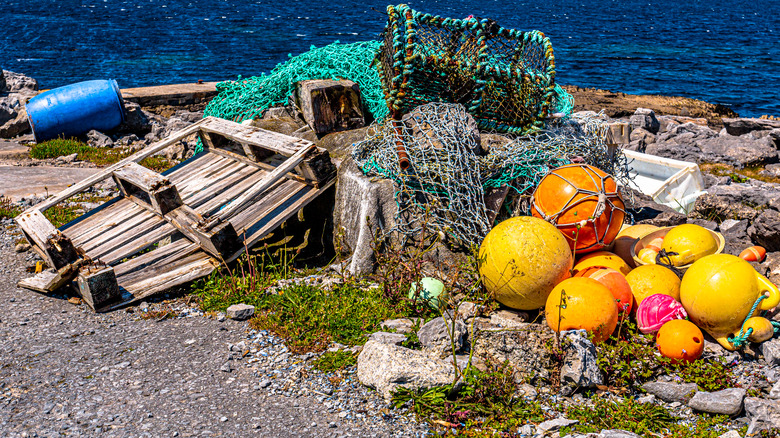Water pH & Pollution
One of the most devastating side effects of pollution is increased acidity in rain and groundwater. This affects animals and plants, and has long-term implications for our environment.
The pH Scale
The pH Scale
The pH scale measures the acidity or alkalinity of a liquid, from 0 to 14—7 is neutral, anything below 7 is acidic and anything higher is alkaline.
Natural Water
Natural Water
Rain and groundwater tend to be naturally slightly acidic, usually no lower than 6 on the pH scale. Most plants and animals tolerate this level of acidity without any problems.
Pollution
Pollution
Byproducts of air and water pollution are acidic. While natural alkaline substances in the soil can reduce their impact, the result of such pollution is often a much more acidic environment than normal.
Acid Rain
Acid Rain
When low-pH water spreads via precipitation, it is called acid rain. As it soaks into the ground and collects in streams, it can drastically change the ecosystem.
Consequences
Consequences
As pH drops, more fragile plants and animals may become sick and die. In addition, a pH change in a body of water can affect the microorganisms living within, with domino effects that can destroy the entire aquatic food chain.
Cite This Article
MLA
Kazmeyer, Milton. "Water pH & Pollution" sciencing.com, https://www.sciencing.com/water-ph-amp-pollution-5850000/. 22 November 2019.
APA
Kazmeyer, Milton. (2019, November 22). Water pH & Pollution. sciencing.com. Retrieved from https://www.sciencing.com/water-ph-amp-pollution-5850000/
Chicago
Kazmeyer, Milton. Water pH & Pollution last modified March 24, 2022. https://www.sciencing.com/water-ph-amp-pollution-5850000/
